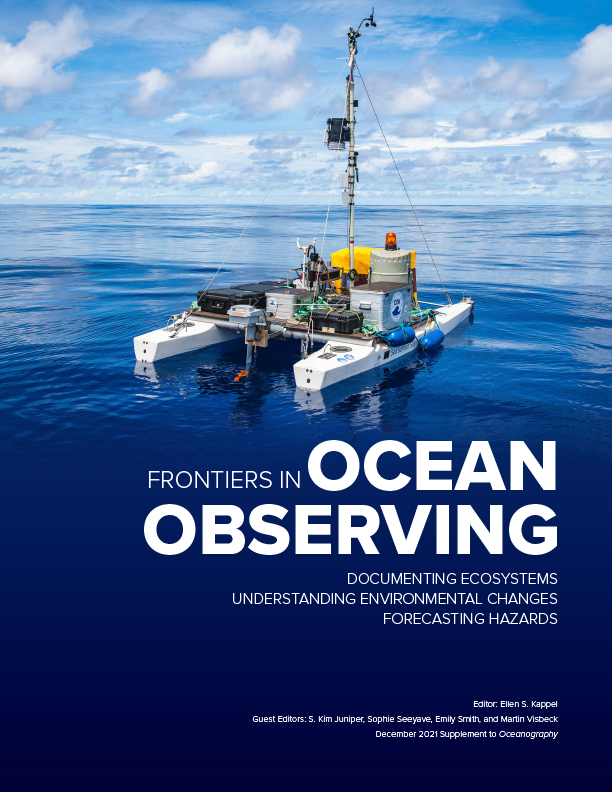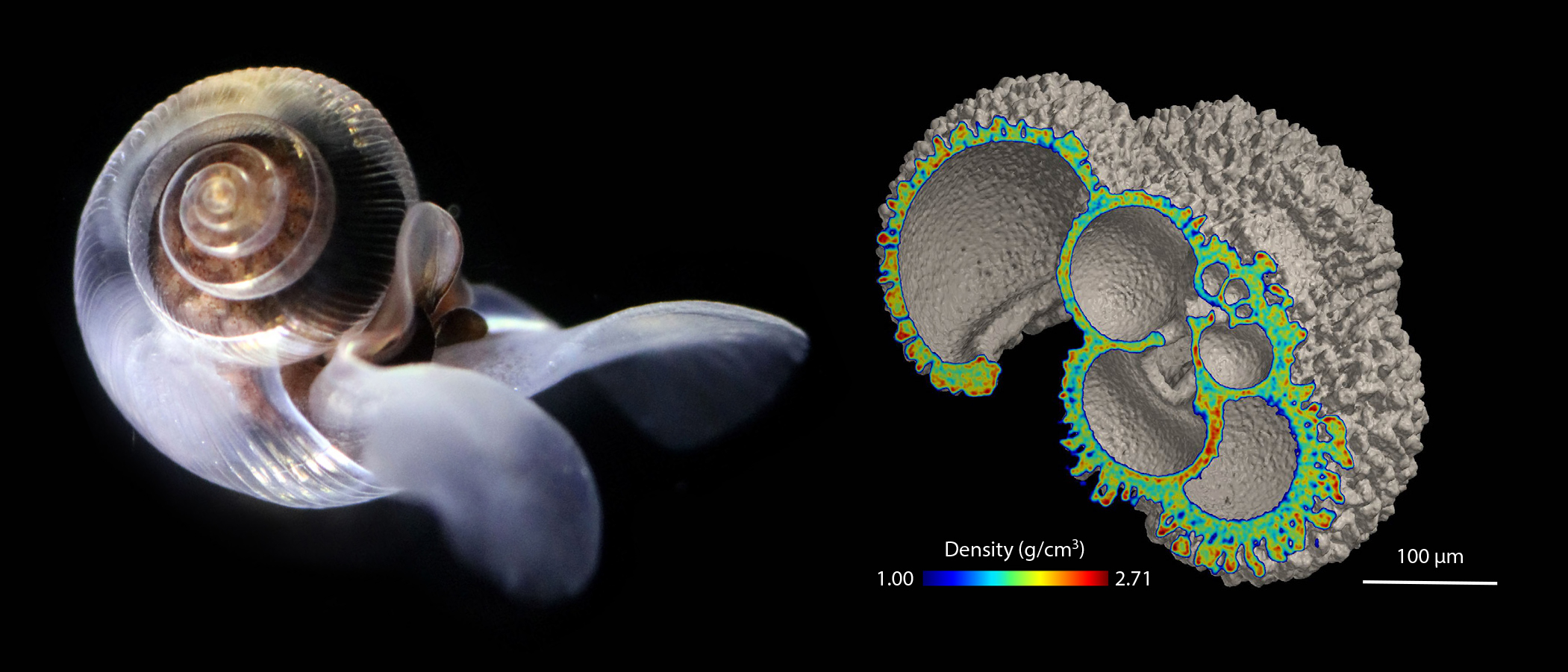Full Text
Since the beginning of the Industrial Revolution, CO2 emissions into the atmosphere have been increasing continuously. The ocean has been taking up at least a quarter of the excess atmospheric CO2. The CO2 that dissolves in the ocean reacts with seawater and carbonate ions, leading to a decrease in seawater pH, a process called ocean acidification (OA) and is often called the “second CO2 problem.” OA could trigger remarkable changes in the ocean’s inorganic carbon system, ultimately affecting marine ecosystems. Marine organisms that have calcium carbonate skeletons such as corals, bivalves, crustaceans, and microorganisms are especially vulnerable. It is essential to understand how OA affects biological systems in order to predict future environmental impacts on organisms and ecosystem services.
The effects of OA on marine organisms can be evaluated by morphological analysis of skeleton/shell surfaces using a light stereomicroscope and scanning electron microscopy (SEM). However, such observations only document surface features, limiting quantification of the degree of OA damage. Advances in X-ray Computed Tomography (XCT) have made it possible to obtain quantitative morphological information such as the volume, surface area, thickness, and density of target objects such as marine organism shells and skeletons. XCT can also be used to construct a precise, three-dimensional morphology with micrometer to submicrometer resolution. Very small amounts of physical damage from OA can be detected, even if the damage is inside the skeleton.
Innovative application of the latest Micro Focus XCT (μXCT) technology to low-trophic-level microzooplankton shows that the skeletal densities of shelled pteropods (sea butterflies) and planktonic foraminifera (both shown in Figure 1) are closely related to the carbonate chemistry of the surrounding seawater (e.g., Iwasaki et al., 2019; Ofstad et al., 2021). Such quantitative measures of skeletal density based on µXCT analyses can be used to inform marine ecosystem models and improve predictions based on future CO2 emission scenarios.
|
|
In order to accelerate this research, we recently founded a service that provides quantitative information about the morphology and density of micro-sized objects based on µXCT (http://www.jamstec.go.jp/rcgc/e/mxct/) at no cost to users. The Global Ocean Acidification Observation Network (GOA-ON) has encouraged this initiative, whose overarching goal is to provide a global map of the biological impacts of OA on marine calcifiers. To achieve this goal, cooperation and collaboration among researchers in every country are necessary, and we encourage researchers to participate in this important project.


